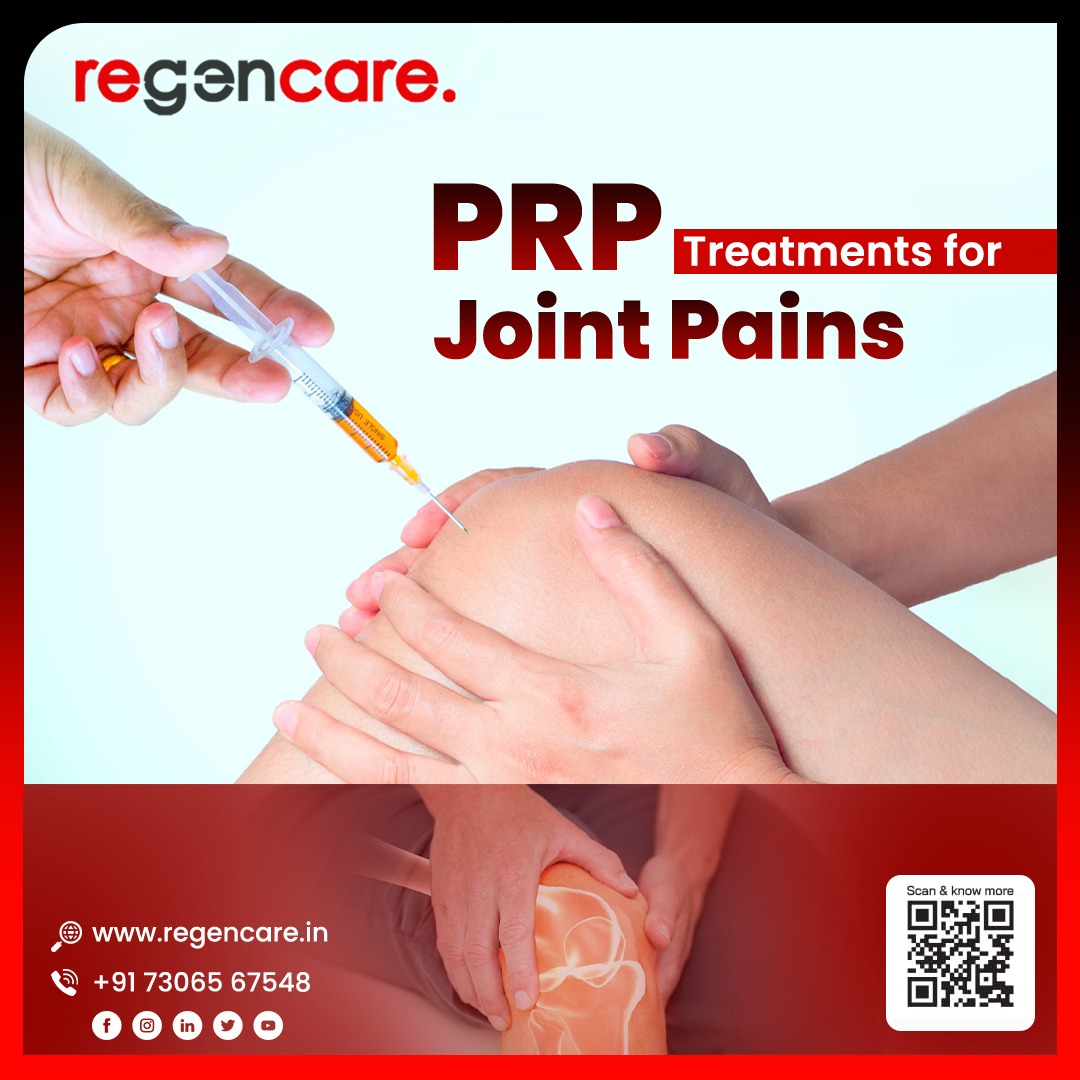
Joint pain is a common complaint that affects millions of people worldwide. It can be caused by a variety of factors, including aging, injury, and arthritis. Fortunately, platelet-rich plasma (PRP) therapy has emerged as a promising treatment option for joint pain. PRP treatments are gaining popularity as a non-surgical, natural, and effective way to relieve joint pain and improve joint function.
What are the procedures included in a PRP Treatment?
PRP therapy involves drawing a small amount of the patient's blood and processing it in a centrifuge to separate the platelets from the other blood components. Platelets are known for their ability to promote healing by releasing growth factors that stimulate tissue regeneration. The platelet-rich plasma is then injected into the affected joint, where it can help reduce inflammation, promote tissue repair, and relieve pain.
-
What are the advantages of Plasma Therapy for Knee?
Studies have shown that PRP therapy can be an effective treatment for various joint pain conditions, including osteoarthritis, tendinitis, and rotator cuff injuries. In a randomized controlled trial of patients with knee osteoarthritis, those who received PRP injections reported significantly less pain and improved function compared to those who received a placebo injection. Another study found that PRP therapy was more effective than corticosteroid injections for treating chronic tennis elbow.
One of the main advantages of PRP therapy is that it is a minimally invasive procedure that can be performed in a doctor's office. Patients typically experience little to no downtime and can resume their normal activities shortly after the procedure. Unlike surgical treatments, PRP therapy does not carry the risk of anesthesia-related complications, surgical site infections, or prolonged recovery times.
Does PRP Treatment fit everyone?
However, PRP therapy is not a one-size-fits-all solution for joint pain. It may not be appropriate for patients with advanced joint degeneration, severe inflammation, or certain medical conditions. Patients should also be aware that the effects of PRP therapy may not be immediate and may require multiple treatments to achieve maximum benefit.
In conclusion, PRP therapy is a promising and increasingly popular treatment option for joint pain. It is a safe, non-surgical, and natural way to promote tissue regeneration and relieve pain in patients with various joint conditions. As with any medical treatment, patients should consult with a qualified healthcare provider to determine if PRP therapy is right for them.
Want to make use of Regencare’s advanced PRP Treatment options? Book an appointment right away to discuss how we can help you further!










